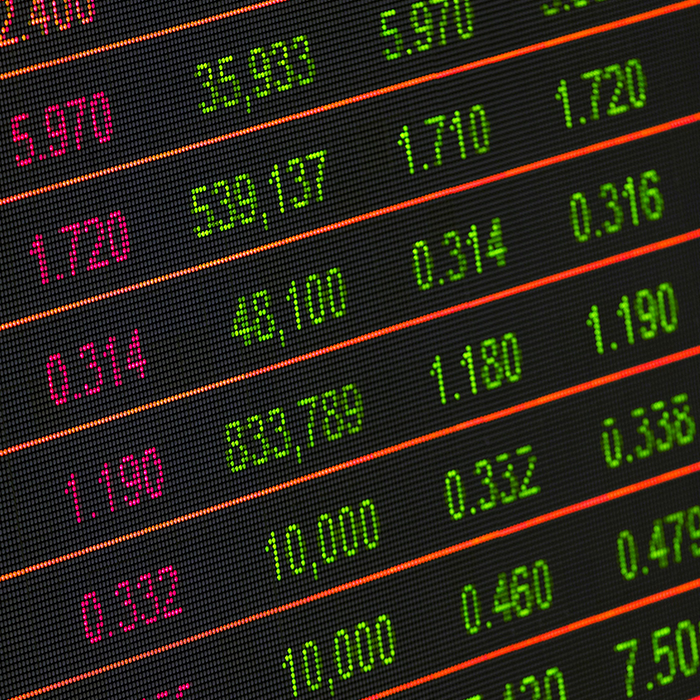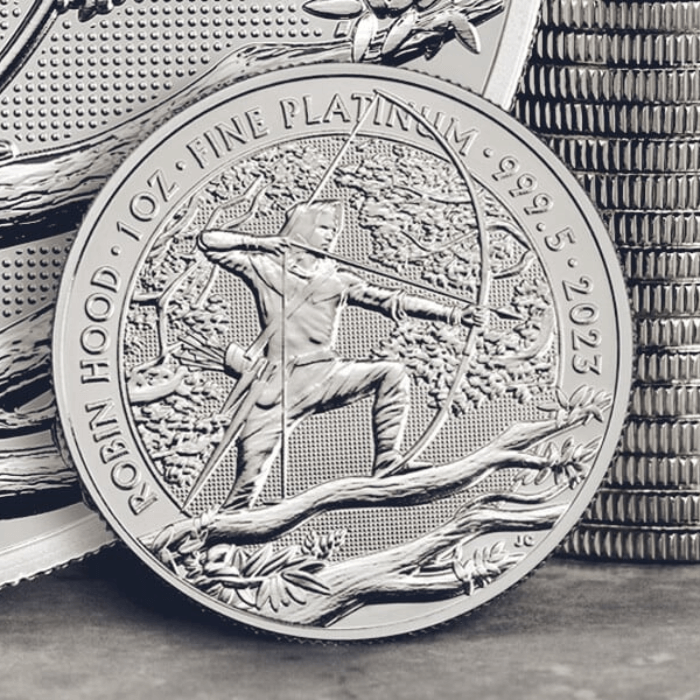World Gold Council: China’s Gold Market
Thrives Amid Economic Uncertainty
The Royal Mint
Category: Invest

The World Gold Council (WGC) recently provided a detailed outlook on China’s gold market throughout 2023. This article will delve into the report’s specifics, uncovering some of the key highlights and takeaways that may prove useful.
During 2023, the economic China recovery faced numerous challenges, leading consumers to adopt a cautious approach to spending. However, amid these difficulties, the Shanghai Gold Benchmark Price PM (SHAUPM) in Chinese Yuan (RMB) surged by an impressive 17%, standing out as a bright spot in the financial landscape. Despite the lacklustre performance of major local assets, the gold sector experienced an unprecedented boom, displaying a unique trend in China’s financial markets.
The Shanghai Gold Exchange (SGE) played a crucial role in this gold rush, reporting a substantial total of 1,687 tons in gold withdrawals in 2023 – a significant 7% increase when compared to the previous year. This surge in gold demand wasn’t limited to physical transactions alone; Chinese gold Exchange-Traded Funds (ETFs) attracted a noteworthy RMB5 billion (approximately US$654 million) in 2023. The total assets under management for these gold ETFs reached an all-time high of RMB29 billion (US$4 billion), with holdings increasing by 10 tonnes, totalling 62 tonnes by the year’s end.
Chinese jewellers, many of whom sell gold bars and coins alongside gold jewellery, are also reporting a boost in sales. Lukfook, one of China’s largest jewellery chains, reported a 46% rise in sales, with a 97% increase reported in Hong Kong and Macau. Chow Tai Fook, another major retailer, reported similar results. This increase in demand is attributed to the easing of China’s COVID-19 lockdown restrictions, and the underwhelming performance of other asset classes. In addition to bars and coins, many people in China see gold jewellery as an investment – something that doesn’t just look great but has intrinsic value and is easy to value and sell if necessary. This gold-buying spree may be set to continue as gold demand is traditionally higher in the run up to the Lunar New Year (10 February 2024).
Another major player in this flourishing gold market was the People’s Bank of China (PBoC), actively engaging in continuous gold purchases throughout the year. By the end of 2023, the PBoC had increased its gold reserves by an impressive 225 tonnes, reaching a total of 2,235 tonnes. This strategic move highlighted the central bank’s commitment to diversifying its reserves and hedging against economic uncertainties, significantly contributing to the upward momentum of the local gold market. There has been a growing trend of nations ‘de-dollarising’ both their central bank reserves and international transactions in the wake of economic sanctions imposed during the Ukraine conflict, and gold is set to become a real beneficiary of this trend.[1]
As a direct consequence of the robust gold demand, stable production and decreasing imports after late 2022, the local gold price premium reached unprecedented levels in 2023. The surge in gold prices signalled a noticeable shift in investor sentiment, as individuals sought refuge in tangible assets during a period of economic turbulence. Coupling this, a real estate property slump, high private sector indebtedness and increased deflationary pressure continue to slow the trajectory of Chinese economic growth, reflecting in the performance of its stock market in 2023.[2] This contrasts with other major equity markets which have experienced solid growth.
The Royal Mint’s Market Insight Manager, Stuart O’Reilly, commented: “Demand for gold in East Asia can sometimes follow a very different trajectory to demand in the West. Towards the end of 2023, while gold demand dipped in many Western markets, it surged in China. This dynamic can help stabilise and support the gold price. Rising GDP and household incomes in East Asia is traditionally seen as positive for gold demand, and ultimately the gold price. This contrasts with the West, where many investors buy gold to hedge against economic and geopolitical uncertainty. This ‘balancing’ of demand is the gold market true to form, and demonstrates why many see gold as an investment portfolio stabiliser.”
In conclusion, China’s gold market stood out as a resilient and thriving sector in 2023, offering a stark contrast to the challenges faced by the broader economy. This surge in gold demand, combined with strategic moves by the PBoC and an increase in gold ETF investments, not only reflected a shift in investor behaviour but also emphasised gold’s enduring allure as a safe-haven asset during times of economic uncertainty.
References
[1] - De-Dollarisation Continues Unabated in 2023 (internationalbanker.com)
[2] - Markets in 2023: Soaring stocks and roaring bonds defy the doubters | Reuters
Notes
The contents of this article are accurate at the time of publishing, are for general information purposes only, and do not constitute investment, legal, tax, or any other advice. Before making any investment or financial decision, you may wish to seek advice from your financial, legal, tax and/or accounting advisers.









